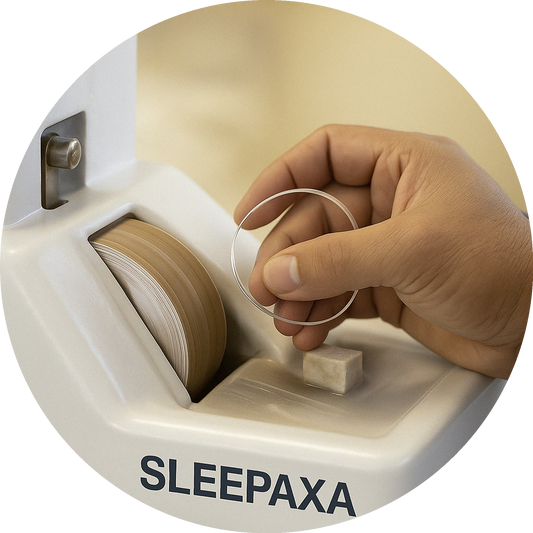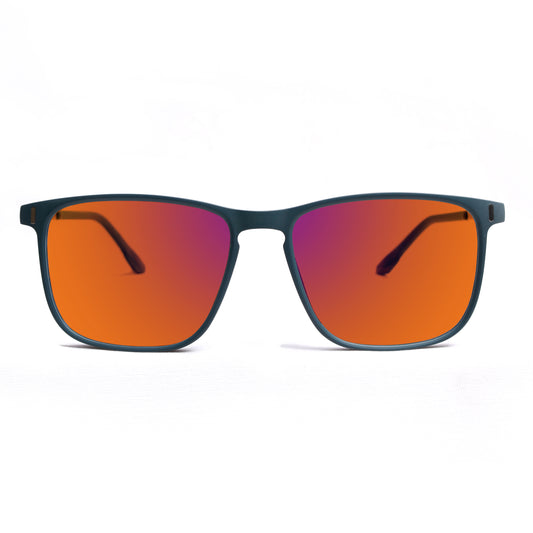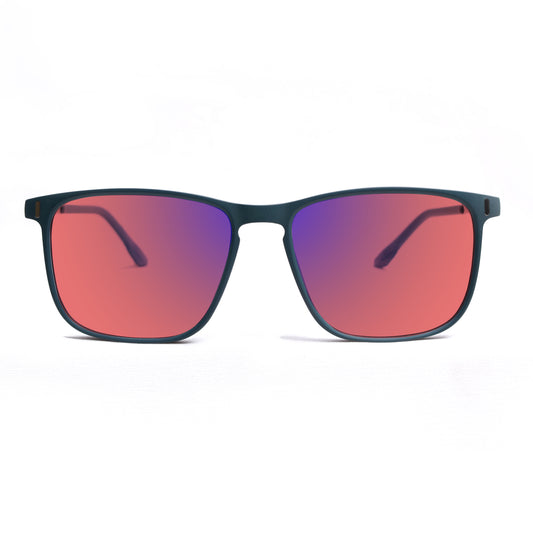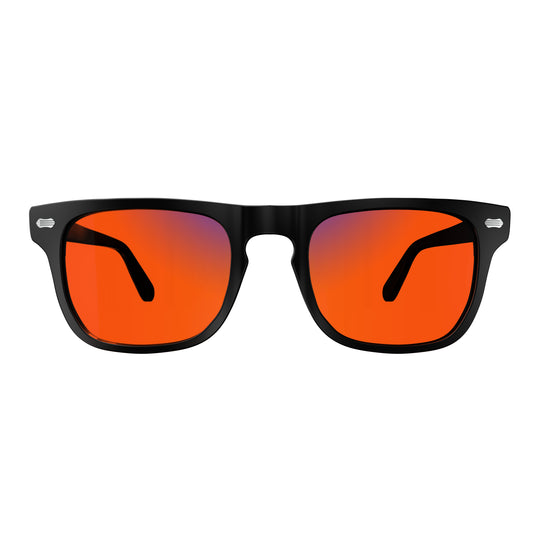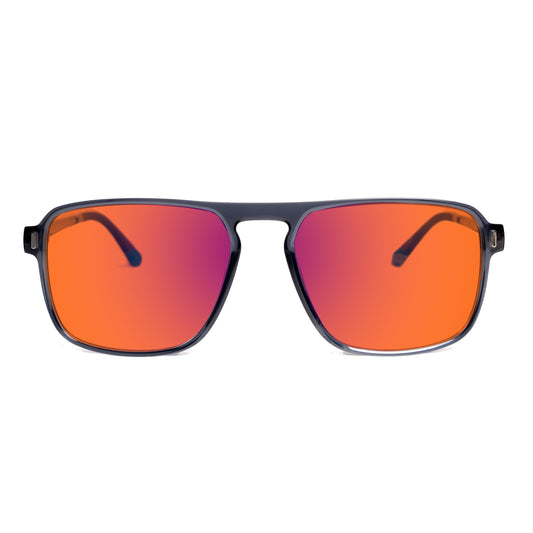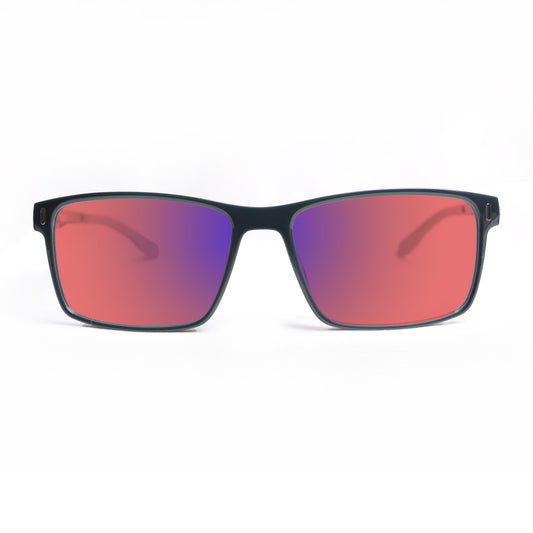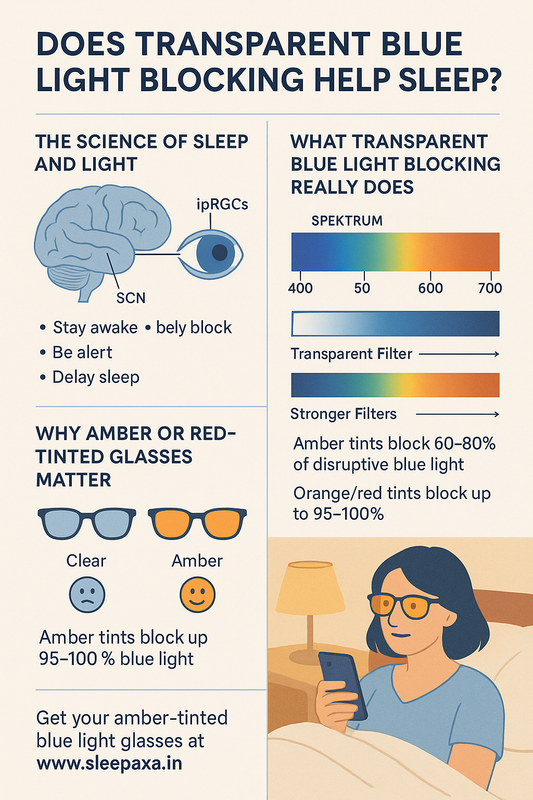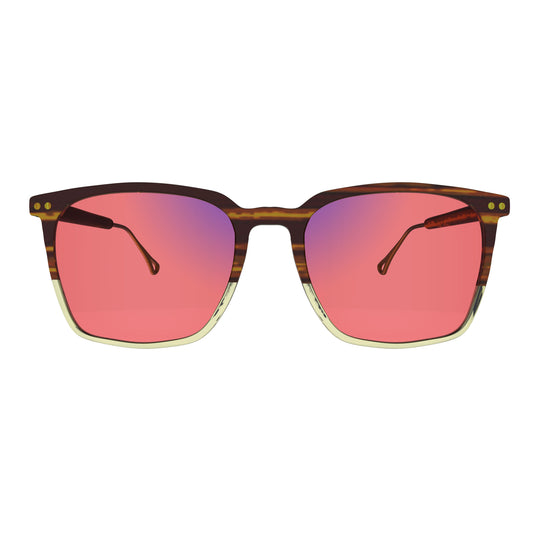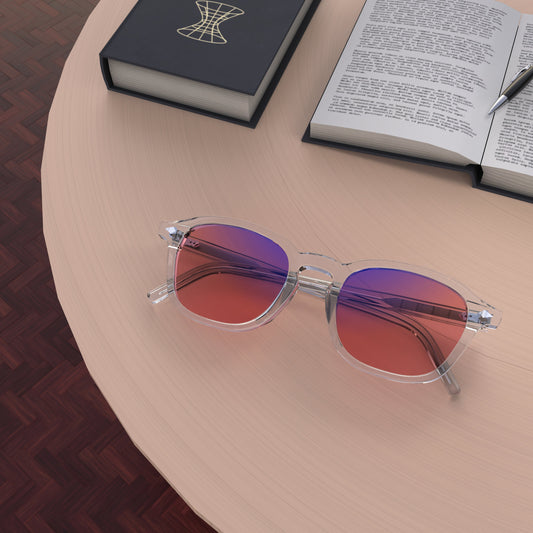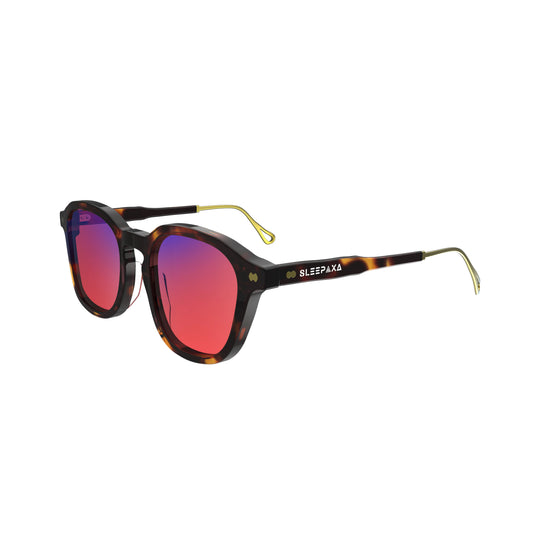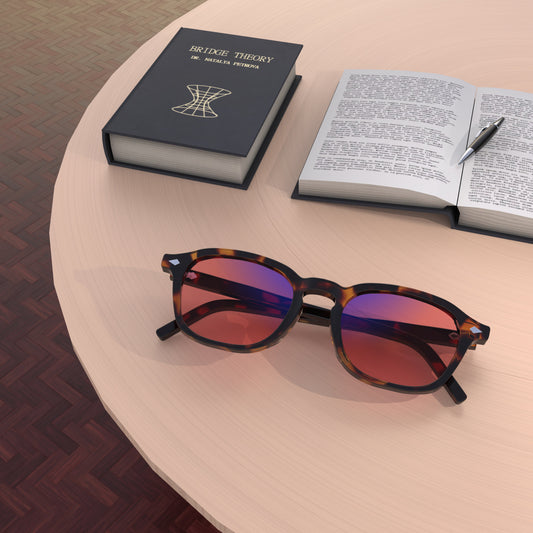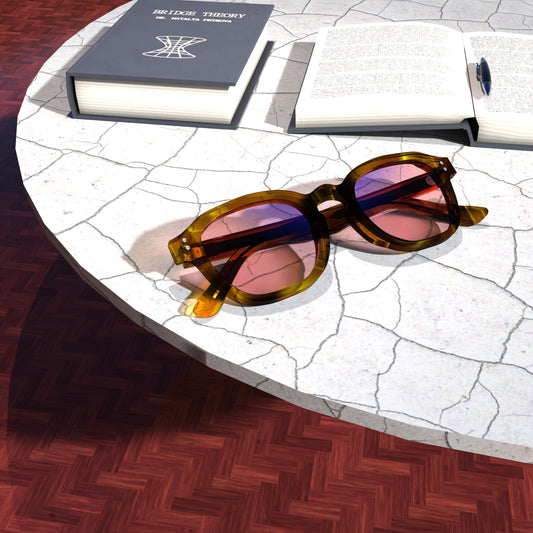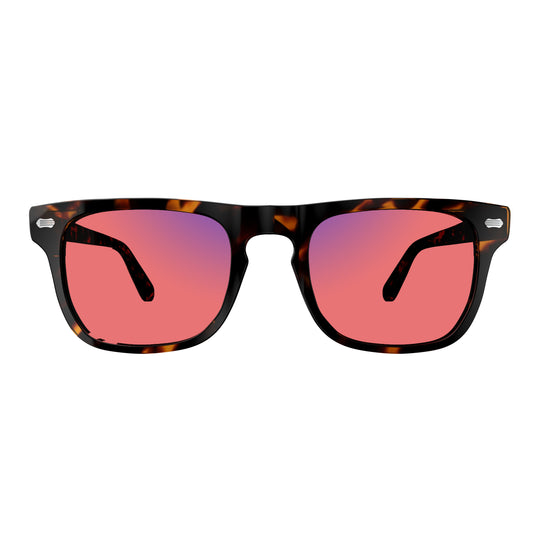
The Evolution of Sleep Glasses: Past, Present, Future
The Evolution of Sleep Glasses: Past, Present, Future
In today’s tech-heavy world, sleep glasses have become a secret weapon for better rest. But they weren’t always this advanced. From their basic beginnings to the sleek, scientifically designed versions we use today—like Sleepaxa’s Amber Tinted Sleep Glasses—these glasses have come a long way.
Let’s explore the journey of sleep glasses through the ages, understand the science behind them, and see where they’re headed in the future.
🕰️ The Past: Where It All Began
Before the rise of digital screens, there wasn’t much awareness around blue light and sleep. But in the early 2000s, researchers discovered that blue light exposure at night suppresses melatonin—the hormone that helps us fall asleep.
-
The first-generation sleep glasses were orange or red-tinted safety goggles, mostly used in labs or by shift workers.
-
They were bulky, unattractive, and impractical for everyday wear.
-
Early users were people with sleep disorders or circadian rhythm issues.
🔬 Sleep science started connecting the dots: blocking blue light could actually help the body prepare for rest naturally.
💡 The Present: Sleek, Science-Driven Solutions
Today, sleep glasses are no longer lab tools—they're lifestyle essentials. Brands like Sleepaxa have transformed them into comfortable, stylish accessories that support both sleep and eye health.
What modern amber sleep glasses offer:
-
High-performance blue light filtering (especially in the 460–500nm range)
-
Stylish frames suitable for daily wear
-
Anti-reflective and scratch-resistant coatings
-
Lightweight and comfortable for long hours
😴 Sleepaxa’s Amber Tinted Sleep Glasses combine aesthetic design with lab-tested light filtration, making them ideal for gamers, students, remote workers, and anyone struggling with screen overload.
📊 The Science We Now Understand
Research today shows that:
-
Nighttime screen exposure significantly delays sleep onset and reduces REM sleep.
-
Amber-tinted glasses worn for 2–3 hours before bed can improve sleep onset and duration.
-
People who use sleep glasses regularly report fewer headaches, less eye strain, and better mood the next day.
🧠 The key is melatonin protection: amber lenses filter out the blue wavelengths that block this vital hormone.
🔮 The Future: Smart Sleep Tech and Customization
The next era of sleep glasses looks promising—and smart.
Here’s what we expect to see:
-
App-integrated smart glasses that track light exposure and sync with your sleep data.
-
Custom amber tint intensity based on user preferences or eye conditions.
-
Eco-friendly frames made with recyclable materials.
-
AI-powered lenses that adjust tint dynamically based on light environment.
🔧 Sleepaxa is already working on next-gen innovations while maintaining its commitment to science-backed lens technology and accessibility.
🌙 Why Sleepaxa Leads the Present—and Prepares for the Future
Sleepaxa’s Amber Tinted Sleep Glasses are more than a wellness trend—they are the result of years of optical research, tuned for modern life. With clean designs and highly effective blue light blocking, they serve as your evening companion for better sleep.
✅ Trusted by:
-
Night-shift professionals
-
College students
-
Screen-heavy users
-
Those battling sleep issues and insomnia
🛍️ Experience the future of better sleep. Shop Sleepaxa Amber Sleep Glasses today and step into a brighter morning tomorrow.
🔍 SEO Keywords Used:
Amber Sleep Glasses, History of Sleep Glasses, Evolution of Blue Light Glasses, Sleep Glasses Future Trends, Blue Light Blocking Sleep Glasses, Sleepaxa Amber Tinted Glasses
